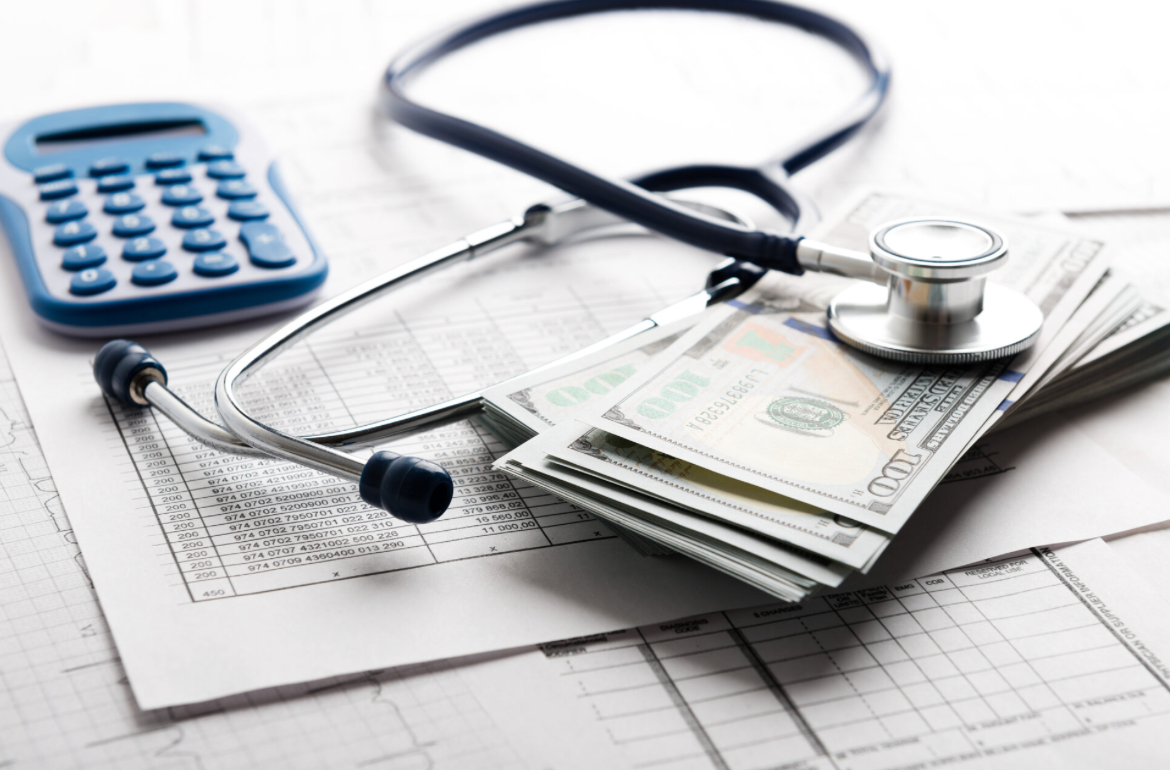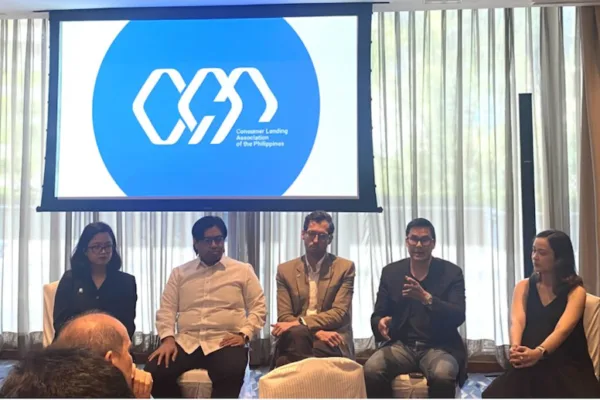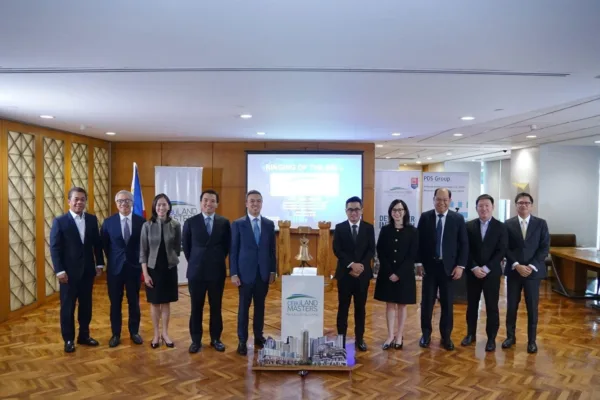Special Report by Edielyn Mangol
For many rural communities in the Philippines, access to healthcare and insurance coverage has long been limited by geography, cost, and lack of infrastructure. Families often face the harsh reality that a single medical emergency can drain their savings or push them into debt.
Traditional insurance products remain out of reach for many, largely due to high premiums, lengthy paperwork, and limited availability in remote areas.

In recent years, however, the rise of financial technology or fintech has begun changing this picture. By merging finance and digital innovation, fintech platforms are enabling affordable health financing and microinsurance products specifically designed for underserved communities.
These solutions are making healthcare protection simpler, cheaper, and more accessible to millions of Filipinos living far from urban centers.
In this article, we explore how fintech is expanding healthcare financing and microinsurance access through embedded insurance offerings, mobile-first micro-protection, and strategic health-fintech collaborations — reshaping how rural Filipinos safeguard their health and livelihoods.
Embedded microinsurance and healthcare financing through everyday platforms
One of fintech’s most impactful innovations in rural insurance is embedding microinsurance into everyday financial transactions. Instead of asking people to purchase standalone policies, platforms now integrate coverage into routine actions like paying bills, sending remittances, or buying prepaid mobile load.
:max_bytes(150000):strip_icc()/GettyImages-650247980-6deb87ad23644899b983ad7c015cfef6.jpg)
Take for example Palawan ProtekTODO’s ProtekSure, which integrates personal accident coverage into bill payments made through the PalawanPay app.
For a minimal add-on fee — less than one percent of the bill amount — users receive insurance coverage worth dozens of times their payment. This low-cost, automated approach removes the typical friction points of traditional insurance: complicated forms, high upfront costs, and the need to physically visit an insurance office.

This model works particularly well in rural areas, where trust and familiarity play a crucial role in adoption. By leveraging platforms people already use daily, fintech firms can build confidence and normalize the idea of protection as part of regular financial behavior.
This shift transforms insurance from an intimidating, optional purchase into a small, almost invisible layer of everyday security — perfectly suited to the tight budgets and cautious spending habits of rural households.
Mobile microinsurance and gig economy reach
Another major driver of rural insurance growth is mobile-first microinsurance. As smartphones and mobile wallets have spread rapidly across the country, so too have opportunities to deliver protection directly into people’s hands.
GCash’s GInsure platform has issued tens of millions of low-cost insurance policies, covering everything from personal accident to health and even online scam protection. With premiums starting as low as PHP 30, these products are designed to be affordable and accessible—even to those with irregular or seasonal incomes. Many programs bundle insurance with everyday transactions, such as mobile load purchases, further lowering the barrier to entry.
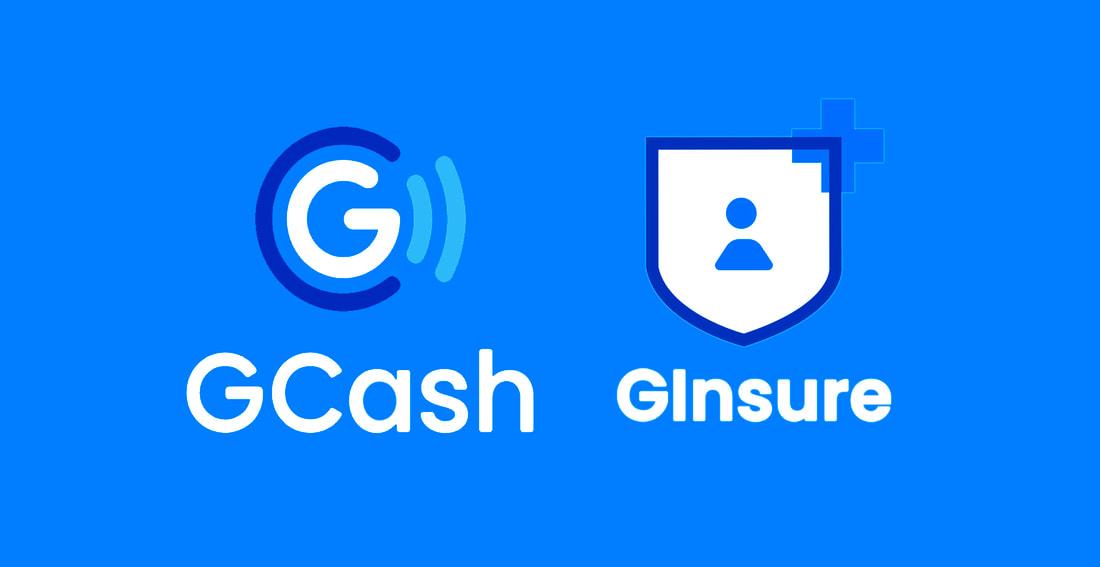
Other platforms, such as Igloo, partner with e-commerce sites, delivery platforms, and gig economy apps to offer microinsurance specifically tailored to informal workers. These may include gadget protection, delivery-related accident coverage, or income protection—products that reflect the unique risks faced by gig and freelance workers. Because many rural earners rely on informal or digital work for income, these mobile-enabled solutions give them much-needed safety nets without requiring formal employment documents or fixed monthly payments.
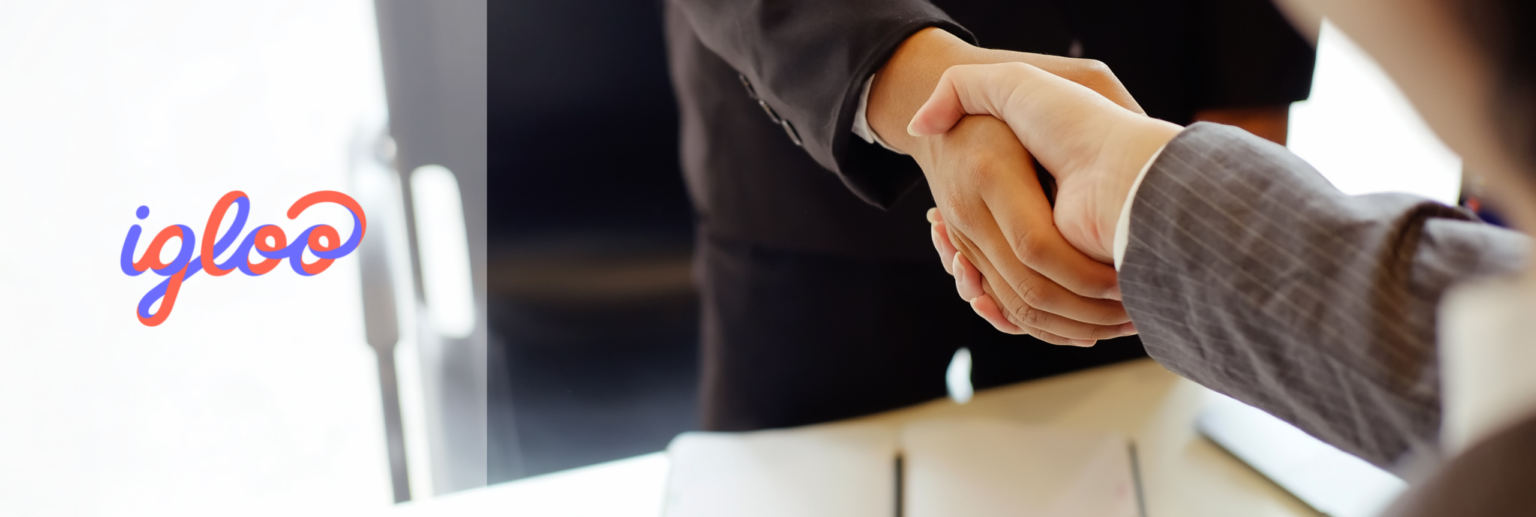
This mobile-first model aligns with how rural Filipinos already manage their finances: in small amounts, on flexible schedules, and through digital channels. It lets them buy just the coverage they need, when they need it, and often in just a few taps on their phones.
Health-fintech partnerships: Financing health, not just insurance
While microinsurance protects against sudden shocks, many rural families also struggle to finance ongoing health expenses such as consultations, medicines, or chronic care. Here, fintech is stepping up not just as an insurer, but as an enabler of broader health financing through strategic partnerships.
A standout example is the collaboration between DiskarTech — a financial inclusion app by Rizal Commercial Banking Corporation (RCBC)— and mWell, a healthcare super app by Metro Pacific Health. Together, they combine financial and health services in one ecosystem, offering teleconsultations, digital health records, wellness loans, and insurance plans. For rural users, this means they can access medical care and the financing to pay for it all within a single digital platform.
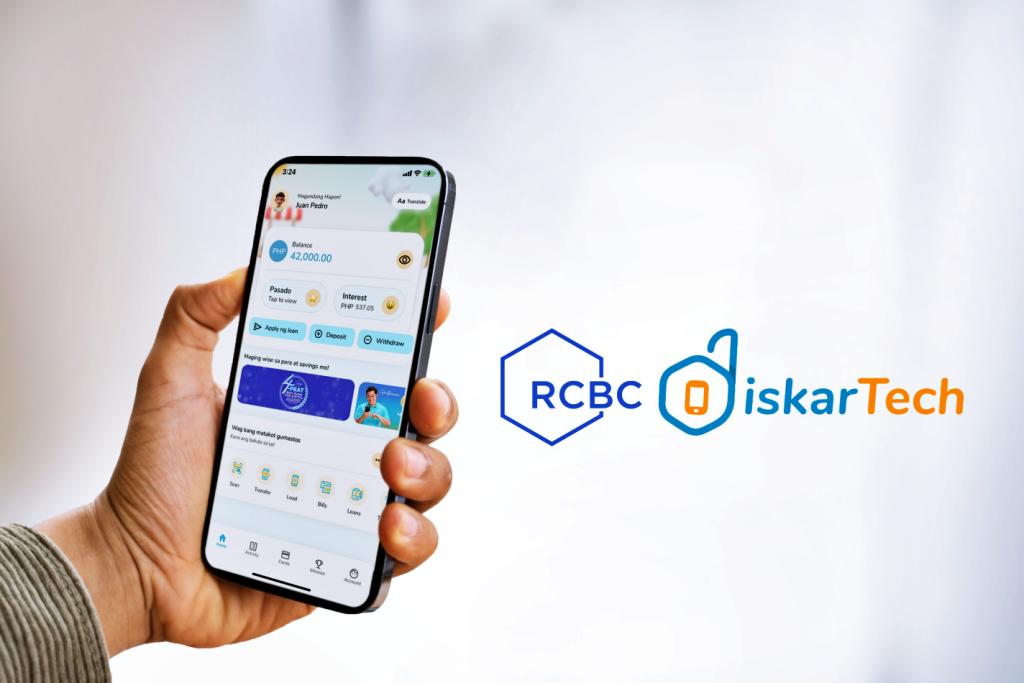
These partnerships go beyond reactive coverage. They empower families to proactively manage their health costs by spreading expenses over time or accessing credit specifically for healthcare needs.
Instead of avoiding care due to cost fears, rural users can now consult doctors virtually, get prescriptions delivered, and finance their treatments in installments — all without leaving their communities. This approach reduces the financial burden of illness and encourages preventive care, which can be life-changing in areas where hospitals are hours away.
Building an inclusive health protection ecosystem
The convergence of fintech and health tech is doing more than just expanding access to insurance — it is building a more inclusive health protection ecosystem for rural communities. By offering bite-sized coverage, integrating it into familiar digital platforms, and coupling it with financing tools, fintech is addressing both the accessibility and affordability gaps that have long plagued the rural healthcare landscape.
Crucially, these innovations are reshaping how people perceive protection. Insurance is no longer a luxury product for the wealthy, but a practical, affordable tool for everyday resilience. Health loans are no longer intimidating, but a manageable way to prevent medical costs from becoming catastrophic. And healthcare itself is no longer distant, but accessible at one’s fingertips.

As digital infrastructure continues to improve across the Philippines, these fintech-driven models are poised to scale even further. Their potential impact goes beyond financial security: they can help create healthier, more productive rural populations who are less vulnerable to the financial shocks of illness. This, in turn, strengthens local economies and reduces the strain on public health systems.
Toward a healthier, more resilient rural future
Fintech is proving to be a powerful catalyst for inclusive healthcare financing in the Philippines.
Through embedded microinsurance, mobile-first protection products, and integrated health-fintech platforms, millions of rural Filipinos are gaining access to safety nets that were previously out of reach.

These solutions do more than lower costs — they change mindsets, showing that protection and healthcare can be simple, affordable, and part of daily life.
As these innovations mature, they offer a glimpse of a future where no Filipino has to choose between their health and their financial survival — a future where geography no longer dictates access to care.
With continued collaboration between fintech companies, insurers, and healthcare providers, the promise of universal, affordable health protection for all Filipinos — especially those in rural areas — may finally be within reach.




